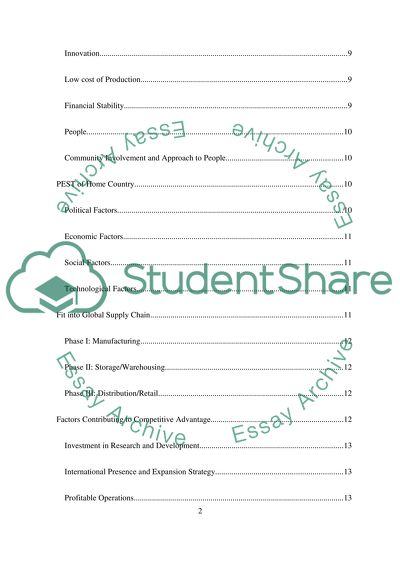Cite this document
(“Global competitiveness of the company Unilever in Pakistan Research Paper”, n.d.)
Retrieved from https://studentshare.org/family-consumer-science/1405658-global-competitiveness-of-the-company-unilever-in-pakistan
Retrieved from https://studentshare.org/family-consumer-science/1405658-global-competitiveness-of-the-company-unilever-in-pakistan
(Global Competitiveness of the Company Unilever in Pakistan Research Paper)
https://studentshare.org/family-consumer-science/1405658-global-competitiveness-of-the-company-unilever-in-pakistan.
https://studentshare.org/family-consumer-science/1405658-global-competitiveness-of-the-company-unilever-in-pakistan.
“Global Competitiveness of the Company Unilever in Pakistan Research Paper”, n.d. https://studentshare.org/family-consumer-science/1405658-global-competitiveness-of-the-company-unilever-in-pakistan.


